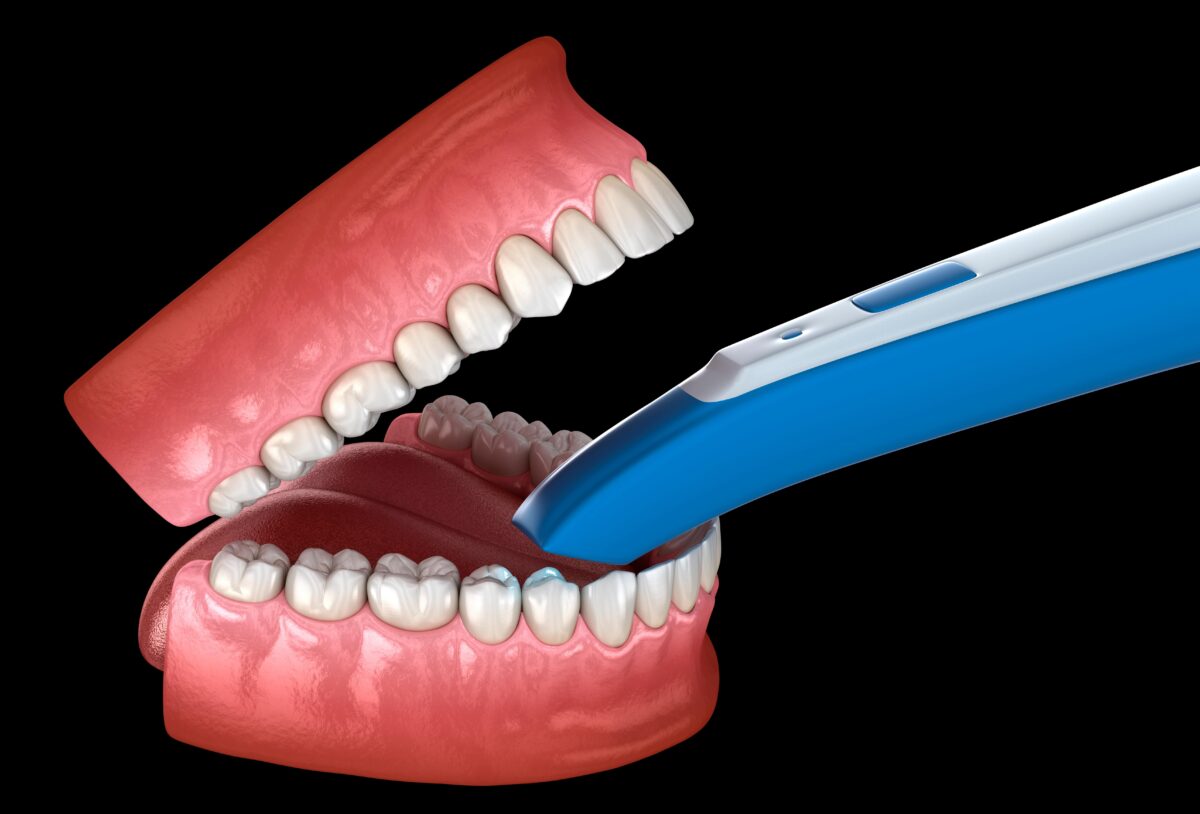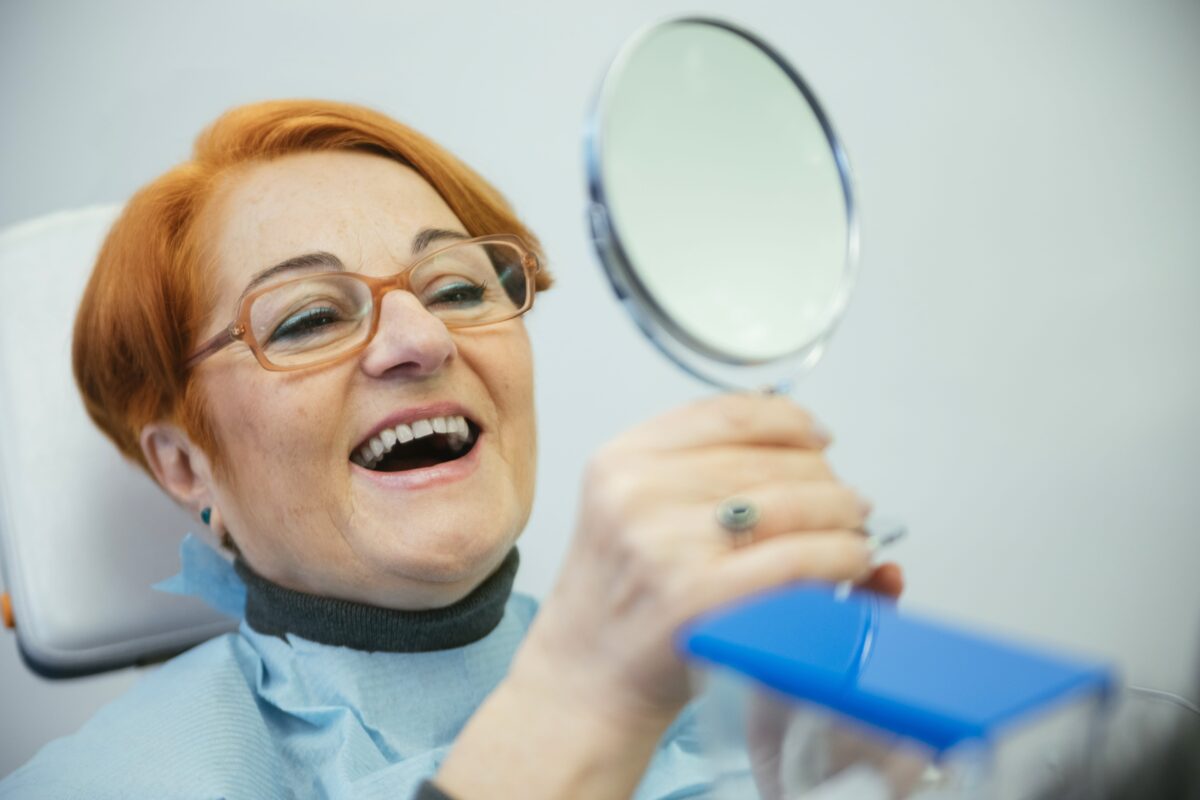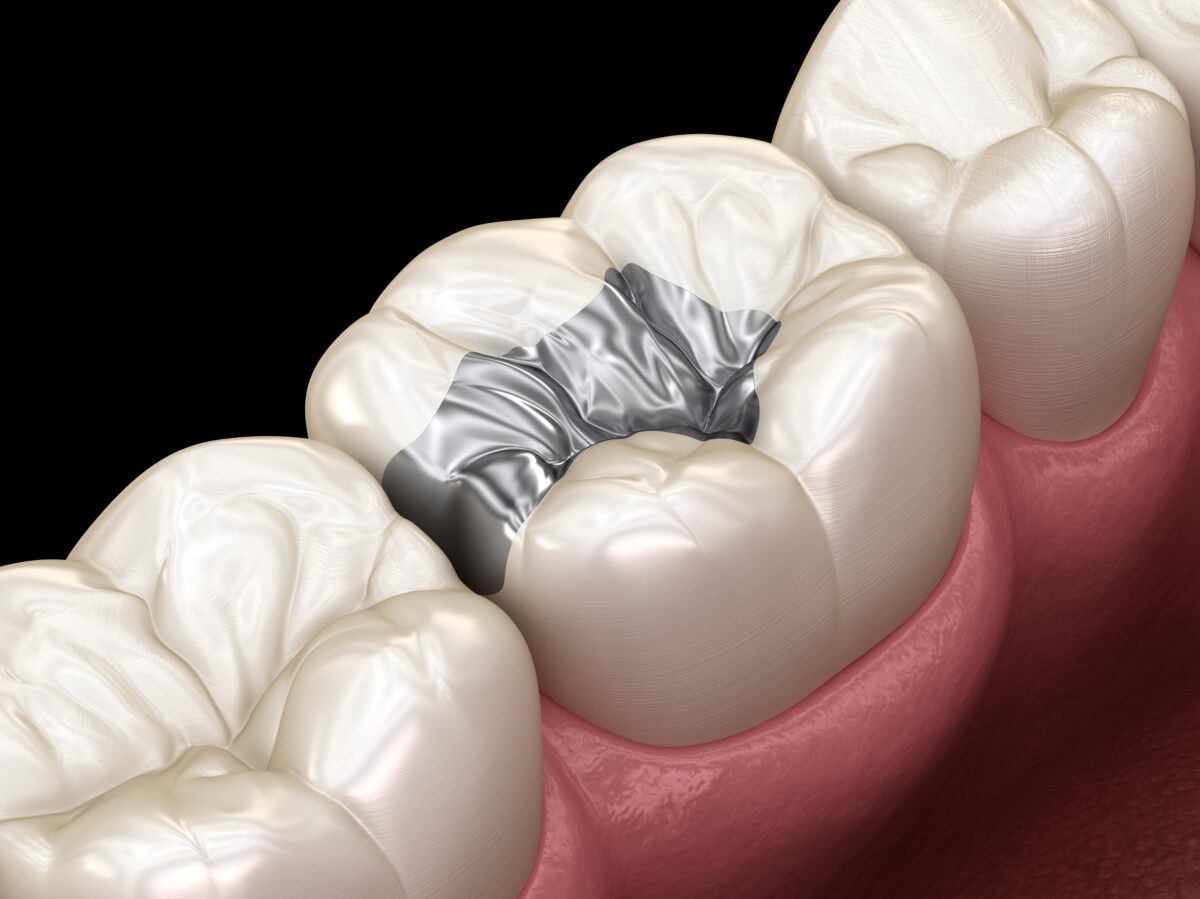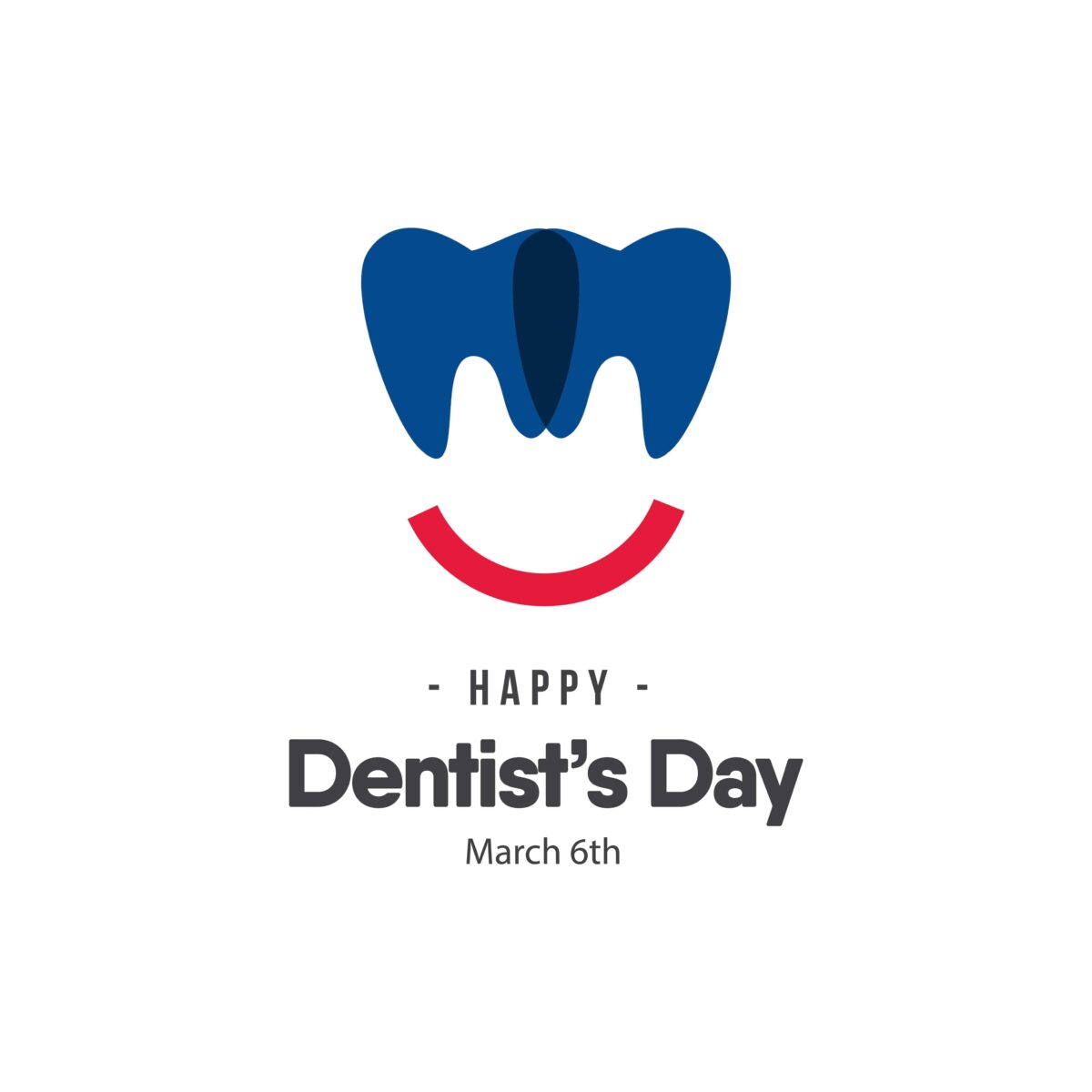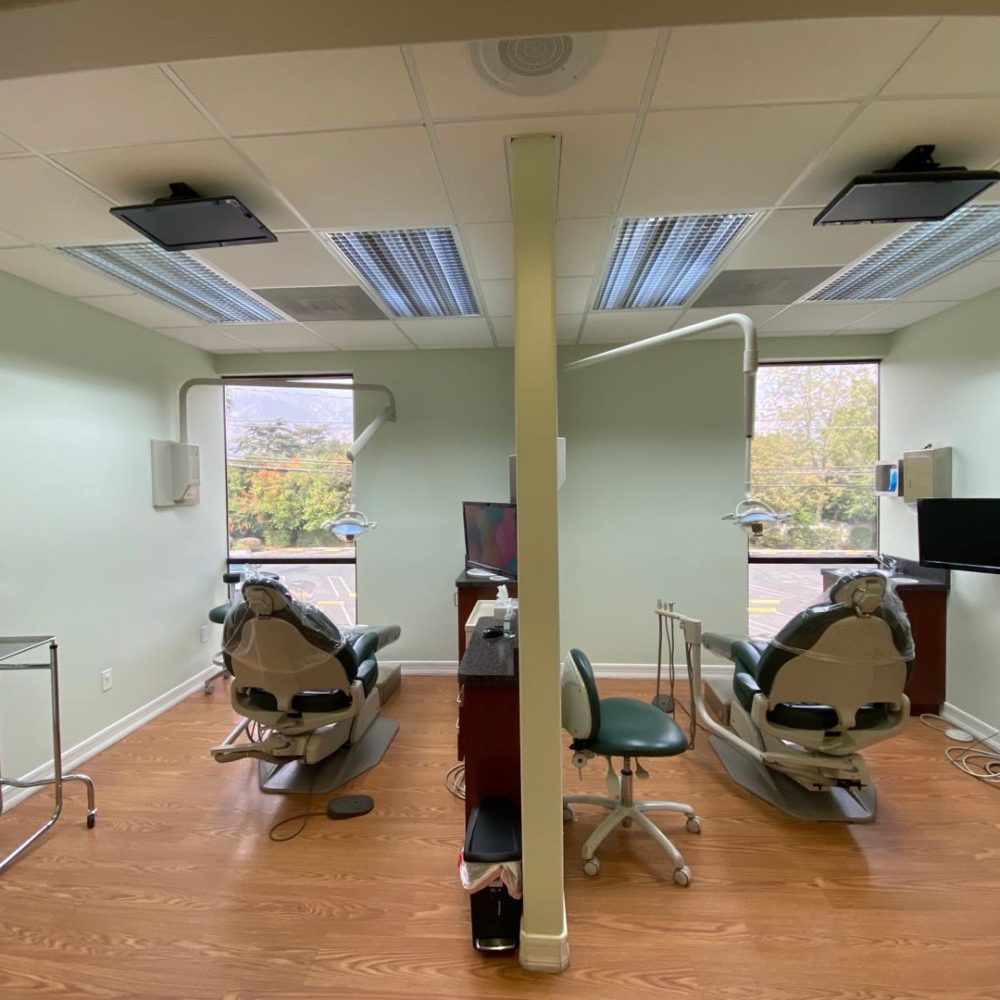Dental impressions have been an essential part of dental procedures for decades, allowing dentists to accurately and precisely create restorations and orthodontic appliances. However, traditional dental impression techniques have their limitations, including inaccuracies, discomfort for the patient, and time-consuming processes. With the advancements in technology, dental impressions can now be taken digitally, improving the accuracy, efficiency, and comfort for the patient. In this blog post, we will discuss digital dental impression technology and its advantages.
Traditional Dental Impression Techniques
Before the introduction of digital dental impression technology, traditional techniques were used to take dental impressions. These techniques involved using impression materials such as alginate, silicone, or polyether to create an imprint of the teeth and surrounding tissues. Although these techniques have been used for decades, they have their limitations. Traditional dental impressions can be inaccurate, uncomfortable for the patient, and time-consuming to create. Additionally, the impression materials can cause an allergic reaction in some patients.
Digital Dental Impression Technology
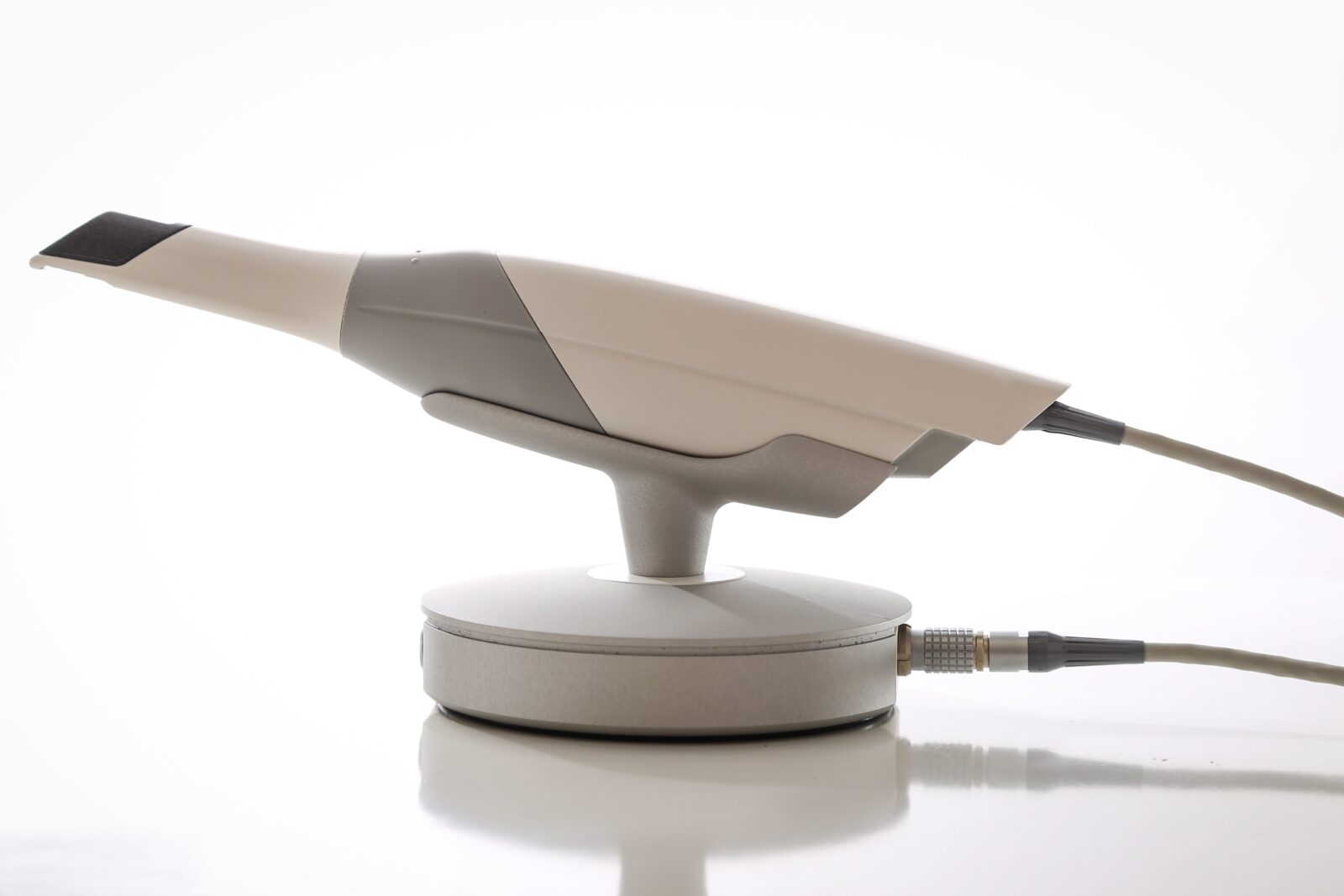
Digital dental impression technology involves using an intraoral scanner to capture a 3D image of the teeth and surrounding tissues. This technology creates a virtual model of the patient’s mouth, which can be used to create restorations, orthodontic appliances, and other dental prosthetics. The scanner captures the images using light, which is then converted into a digital image. The images can be viewed on a computer screen and can be manipulated to create the desired prosthetic.
Advantages of Digital Dental Impression Technology
Digital dental impression technology offers several advantages over traditional techniques. Firstly, the accuracy of digital impressions is higher than traditional impressions, as the scanner can capture details with a high level of precision. This accuracy results in better-fitting restorations and appliances, reducing the need for adjustments and remakes.
Secondly, digital dental impressions are more efficient than traditional impressions. For starters, the scanning process takes only seconds, while traditional impressions take minutes to first prepare and then to set. Additionally, the virtual models can be sent to the dental laboratory electronically, reducing the time required for transportation.
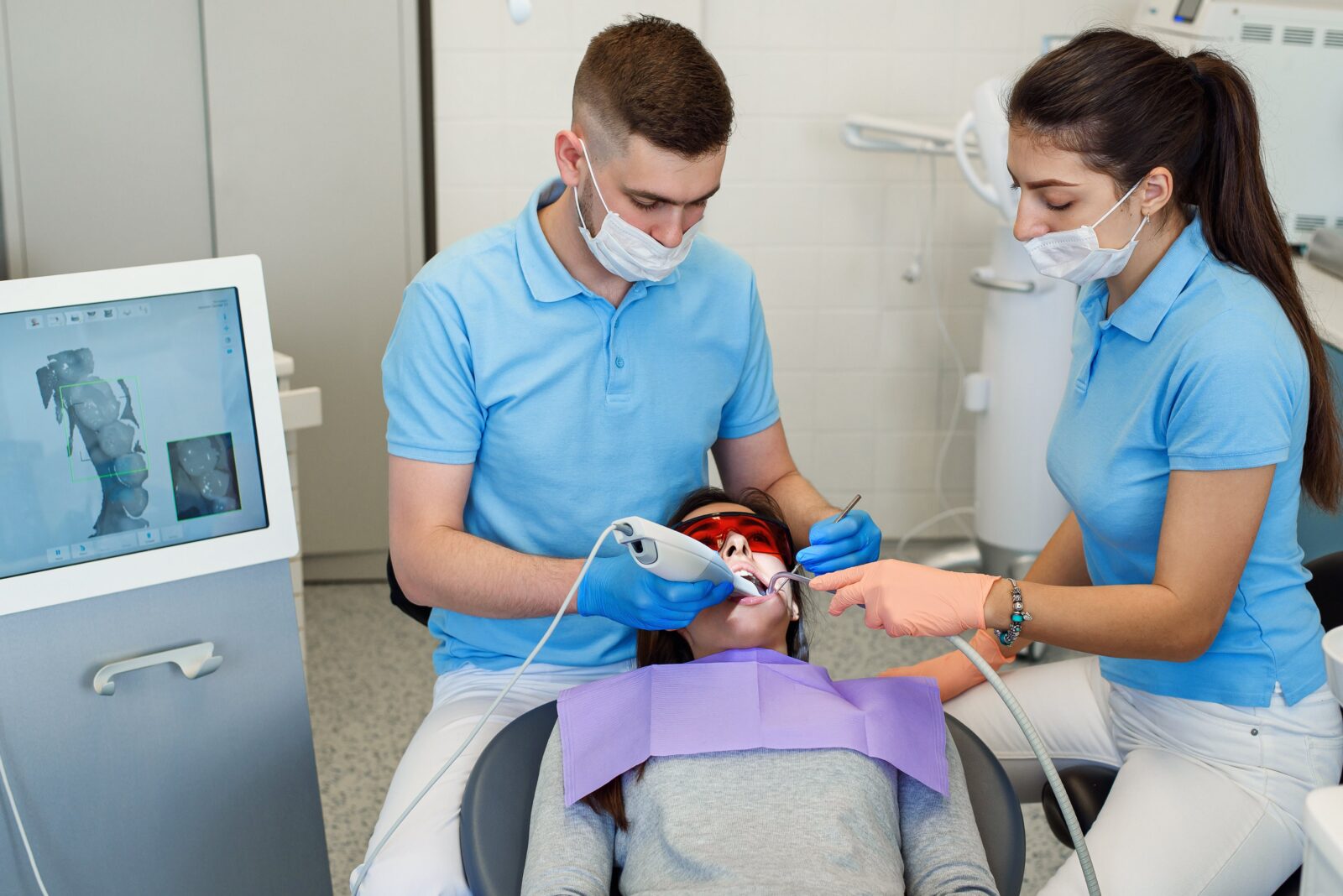
Thirdly, and perhaps most importantly, digital dental impressions are more comfortable for the patient. Traditional impression materials can be messy and cause discomfort, particularly for patients with a strong gag reflex. Some patients also do not like the taste of the materials used for the impression. Digital dental impressions use an intraoral scanner, are non-invasive, and do not require the use of impression materials.
Fourthly, digital dental impressions improve communication between the dentist and patient. The virtual models can be viewed on a computer screen, allowing the dentist to explain the procedure to the patient and show them the proposed treatment plan. This allows the patient to have a better understanding of the procedure and provides them an opportunity to actively participate in their care.
Finally, digital dental impressions reduce material waste. Traditional impression materials can be messy and require significant clean-up. Digital dental impressions do not require any materials, reducing waste and contributing to a more environmentally-friendly practice. They also reduce time waste since there is no clean-up required.
Applications of Digital Dental Impression Technology
Digital dental impression technology can be used in various dental procedures, including restorative dentistry, orthodontics, and implant dentistry. In restorative dentistry, digital impressions can be used to create crowns, bridges, and inlays or onlays. In orthodontics, digital impressions can be used to create aligners and retainers, as well as to plan for traditional metal braces. In implant dentistry, digital impressions can be used to create surgical guides, which improve the accuracy of implant placement.
Challenges and Limitations of Digital Dental Impression Technology
Despite its advantages, digital dental impression technology has its challenges and limitations. Firstly, the initial cost of the equipment and training can be high, particularly for small dental practices. Secondly, there can be a learning curve for dentists and their staff to become proficient with the technology. Finally, digital dental impression technology may not be compatible with other dental technologies, requiring additional investments in equipment.
Future of Digital Dental Impression Technology
The future of digital dental impression technology looks promising, with advancements in technology expected to improve its accuracy and efficiency further. Integration with other dental technologies such as CAD/CAM and 3D printing is already underway, allowing for the production of restorations and appliances in-house. Additionally, advancements in artificial intelligence and machine learning are expected to improve the accuracy of the virtual models, reducing the need for manual adjustments.
In Conclusion
Digital dental impression technology offers numerous advantages over traditional techniques, including accuracy, efficiency, patient comfort, improved communication, and reduced material waste. Although there are challenges and limitations, the future looks promising for digital dental impression technology, with advancements in technology expected to improve its accuracy and efficiency further. Dental practices that adopt digital dental impression technology can provide their patients with a more comfortable and efficient experience while improving the quality of their work. Keeping up with the latest dental technology advancements is crucial for dental practices to provide the best possible care to their patients.
